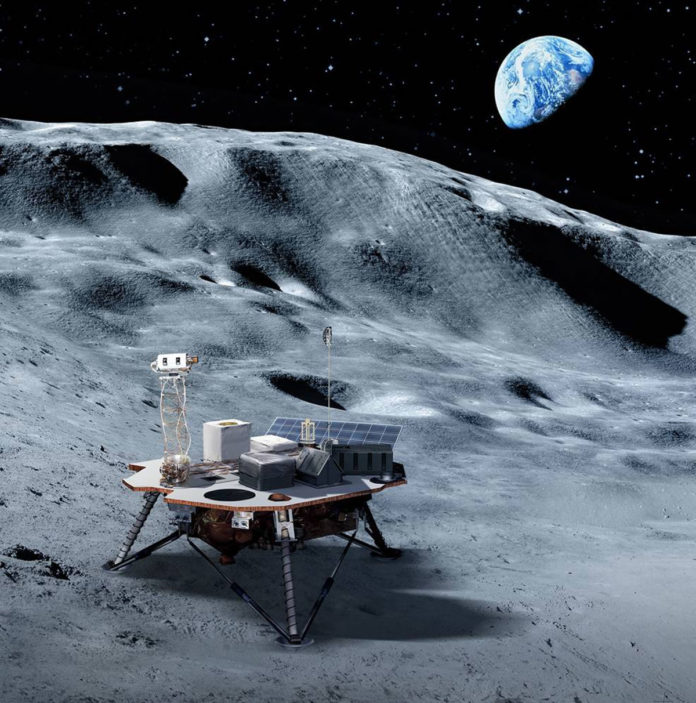On Friday, NASA has announced that it has selected three commercial Moon landing service providers to participate in its payload delivery service, as part of the Artemis program. Each commercial lander will carry NASA-provided payloads that will conduct scientific investigations and demonstrate advanced technologies on the lunar surface.
The aim is to send instruments and science experiments to the surface of the Moon using commercial landers that are developed and operated by private companies.
The potential payloads include instruments that will conduct new lunar science, pinpoint lander position, measure the lunar radiation environment, assess how lander and astronaut activity affects the Moon, and assist with navigation precision, among other capabilities.
This could play a vital role in the agency’s plan to return humans to the surface of the moon by 2024 and create a permanent moon base by 2028. NASA will determine which payload will fly on each flight, by the end of this summer.
The selected three companies
The three selected companies are Pittsburgh firm Astrobotic, Houston-based Intuitive Machines and Edison, New Jersey firm OrbitBeyond. Astrobotic is being paid $79.5 million to carry more than a dozen payloads to the near side of the moon by 2021. Then Intuitive Machines was awarded a $77 million contract for five payload trips; and Orbit Beyond was awarded a $97 million contract to carry as many as four payloads to a lava plain by 2020.
“Our selection of these U.S. commercial landing service providers represents America’s return to the Moon’s surface for the first time in decades, and it’s a huge step forward for our Artemis lunar exploration plans,” said NASA Administrator Jim Bridenstine.
”Next year, our initial science and technology research will be on the lunar surface, which will help support sending the first woman and the next man to the Moon in five years. Investing in these commercial landing services also is another strong step to build a commercial space economy beyond low-Earth orbit.”
These companies are partnered with NASA through the agency’s Commercial Lunar Payload Services (CLPS) initiative. The agency’s initiative to send the first woman and the next man to the Moon. But CLPS is focused on robotic vehicles and science, rather than human spaceflight.
The Artemis program
NASA introduced the Artemis program on May 16. Charged with returning astronauts to the Moon within five years, NASA’s Artemis lunar exploration plans are based on a two-phase approach. The first one is focused on speed landing astronauts on the Moon by 2024. While the second one is to establish a sustained human presence on and around the Moon by 2028.
The scientists are thinking that they will use what they learn on the Moon to prepare to send astronauts to Mars.
